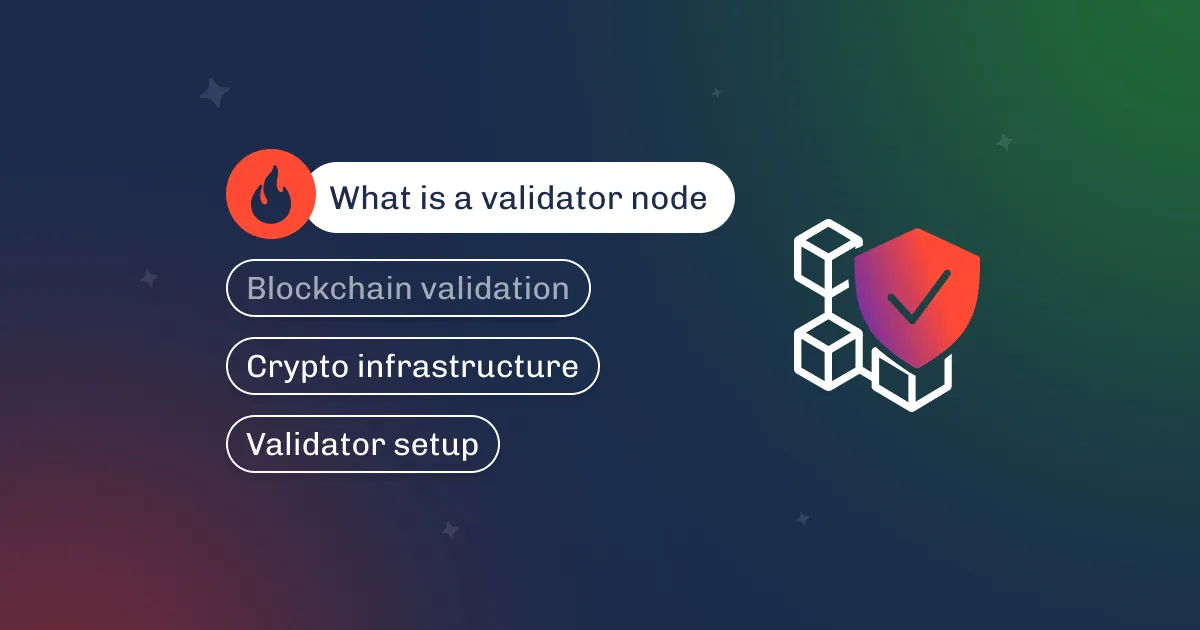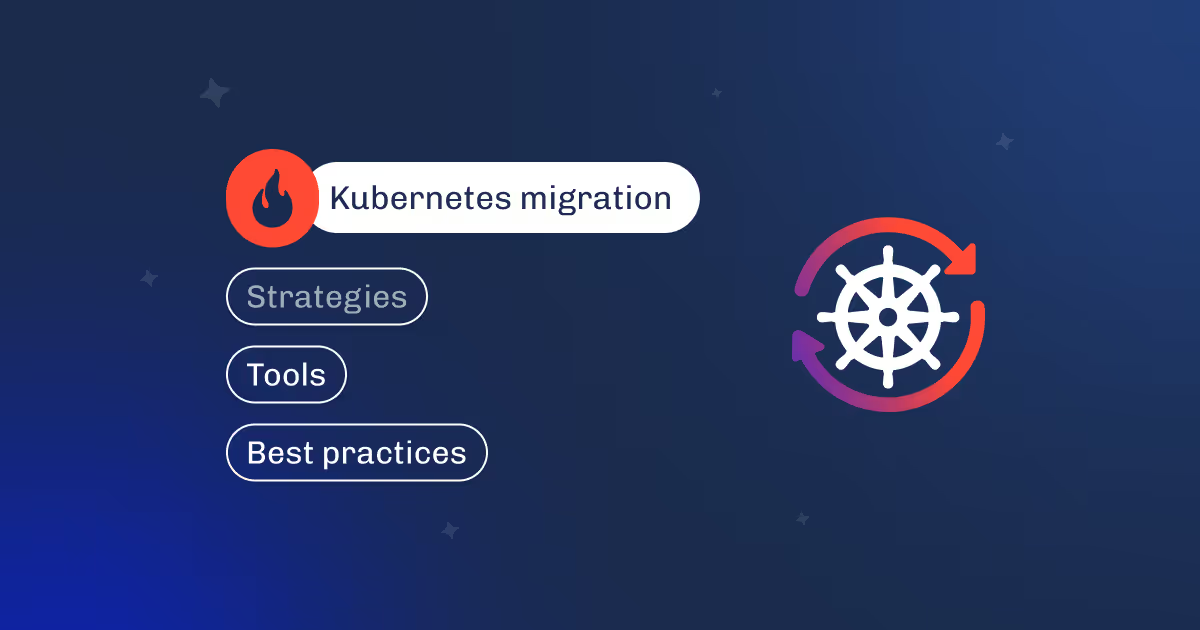

COVID-19 has affected and continues influencing the markets significantly. Some businesses are growing or staying at the same level, for example, the online entertainment industry, e-commerce, retailing, logistics (see McKinsey data), while others are facing unprecedented difficulties.
Most companies continue intensively moving online and working remotely, many have already faced reduction in demand for their products and services, and they also had to freeze hiring and cut down the staff. Millions of specialists have been thrown onto the job market. Companies cut all possible costs and focus on moving online, which is also associated with many challenges under austerity conditions.

It is not deniable that the pandemic caused by COVID-19 is the world's most digital epidemic in the history of mankind:

And this is just the beginning and a little over-the-top. There are a countless number of uses of digital technology in the current situation. The way the problem is solved nowadays is an unprecedented case in history. Right now, new standards and mechanisms are being set up that will be used in the future.
But still, there are open questions left. Which technologies should a business focus on now? How can it use efficiently what it has? Which growth points should it concentrate on? That's exactly what we would like to talk about.
To stay afloat under conditions of uncertainty, companies need to minimize their costs. This is truly a fact. Certainly, ways of resource optimization heavily depend on an industry and a particular case. If we're talking about the IT industry, one of the efficient and indisputable ways is to reduce the Total Ownership Cost (TOC) of the infrastructure. Because of the current tendency of moving online and strengthening companies' competitiveness, this method is also relevant for companies from other markets.
Unfortunately, few business owners even from the IT industry keep this opportunity in focus now. Companies are passionate about transforming both the HR and all other business processes to remote work, keeping partnership/clients/contracts and cutting costs, for example, by reducing the staff.
However, having properly optimized the infrastructure, it is possible to reduce its monthly costs by 70%. This method can save such valuable resources like the staff that is especially important for the IT industry in light of the current situation.

Moreover, workflow optimization (for example, automation of testing or any other functions that a computer can handle without human help) can reduce the time that is inefficiently spent by your employees and greatly improve their productivity than it was before.
Based on our experience, sometimes small and medium-size companies are mistaken in believing that costs on optimization are too high and it'll take a lot of time in order for them to perform. I hasten to reassure you that the initial reduction in Total Ownership Cost up to 30% will not take longer than a week, and the cost will be around $500. It can take about a month to achieve more substantial cost savings of up to 70%. On our part, we conducted an audit of our own resources and capabilities and developed an anti-crisis proposal. This dexterity can enable businesses to focus on adaptation to new conditions thereby getting ahead of their competitors.
At the same time, infrastructure cost-saving is a temporary solution. The next step that has to be taken soon by the vast majority of companies is deep infrastructure optimization and its migration to the Cloud. The difficulties connected with the current scaling and switch of employees to work-from-home will make an indelible contribution to any business. It isn't worth ignoring the new reality. And those who quickly adapt to it will have the most important competitive advantage.
Another challenge of our time and an important point for concentration is cybersecurity. Over the last month, the number of cyber attacks has increased significantly. Every day, there are lots of reports that systems have been hacked into again and again. Not only has the World Health Organization suffered cyber attacks, but also many medical organizations and hospitals around the world have been seriously impaired by these attacks. The switching of companies to fully remote work also provides new unprecedented opportunities for hackers.

Employees jeopardize company systems when working on desktops and laptops from home without proper monitoring and/or even ignoring security recommendations. According to Varonis, even before the pandemics, 53% of companies had over 1,000 sensitive files open to every employee. 22% of all folders were available to every employee. You can get more information on cyber attacks data by looking at useful infographics.
Amidst a further decrease in the population solvency, the severe competition for the client will increase among businesses. A separate cohort of small and medium-size companies will increasingly use such dishonest methods as DDOS and other types of cyber attacks.
First of all, the adaptation plan should include security issues and system security settings:
Certainly, not all companies have full-time cybersecurity specialists in the team. Fortunately, the outsourcing niche that provides such services is well-developed, and you can always ask for help from external specialists. It is indeed better to seek help, not just in the nick of time but to get support in advance. The security support cost starts from $2,000 per month.
Okay, let's imagine you have carried out an audit, restricted access, hired experts who conducted an infrastructure audit and secured it as much as possible, optimized your costs. What is the next step?
The next thing is the competition for your client and it begins with high-quality analytics. Many companies have Data Analysis Departments already. They carefully study their users' behavior, conduct market surveys, and process a vast store of information. It's all a way to understand your client, guess what to offer and recommend as an upselling, and find an additional niche for further development.
Things are changing very quickly and old sales methods don't work anymore in the current situation. Nobody knows what happens tomorrow and how to do the thing right. Nobody knows what would result in certain failure and what could score a sudden big win.

The work with large volumes of data can be a good guide for your success. At the time when all are switching to the "costs saving mode", customers reduce their costs - a localized impact on the target audience will play a key role in the survival of a business. Those who contributed to this process - Data Scientists and companies working with data - can be in demand greatly in the next few months. So, it's worth taking a close look into this direction.
What we are witnessing is the transformation of many areas of life and transition to a new level. Our attitude towards resources is changing, as well as the volume of their consumption. This in turn affects efficiency of all business processes and new trends making. Global digitalization has already begun within the context of rational resources use. Many companies will survive if they can estimate the situation correctly and in time, also quickly and safely moving online. Yes, this looks like "a walk between the raindrops." But this is possible while retaining some flexibility and dexterity.
Daniel Yavorovych is a Cybersecurity Specialist and Cloud Infrastructure Architect. He is a Chief Technology Officer and Co-Founder at Dysnix, a company that carries out complex projects in Cloud Computing, Artificial Intelligence and Data Science. The Dysnix team also deals with the development of Opensource solutions that are being successfully implemented for Google Cloud Platform improvement.






